Adafruit Metro M7 With MicroSD – Featuring NXP IMX RT1011
$15.67 Original price was: $15.67.$10.97Current price is: $10.97.
- No Compromise on Quality
- 7-Day Returns, 100% Quality
- 100% High Quality Guarantee
- Quality and Affordability Combined

Your favourite electronics companies have collaborated to make the fastest Metro ever! For this new product, DigiKey, NXP and Adafruit all contributed the stuff they know best: shipping parts fast (DigiKey), designing microcontrollers (NXP) and crafting great products with tutorials (that’s us, Adafruit!)
We teamed up to present to you the Adafruit Metro M7 with
microSD
! An NXP iMX RT1011 microcontroller powers this board with a 500 MHz ARM Cortex M7 processor. There’s 8 MB of execute-in-place QSPI for firmware + disk storage and 128KB of SRAM in-chip. Arduino-compatible headers make using any ‘shield’ daughterboard easy. And, as you can expect, there’s a
micro SD card
slot wired up right on board so that you can read files or data logs easily to removable, wear-leveled storage.
The iMX series of chips is the fastest microcontroller around, with a Cortex M7 processor that is more powerful than the M0 or M4, and clock speeds of 500MHz+. For pure performance, there’s nothing better! This chip family is well known for being featured in the Teensy 4 dev board series. Now we have a Metro-shaped board so you can use many
Arduino shields
, that is fully open source so you can adapt the design to create your own custom layouts, and a USB drag-n-drop bootloader plus CircuitPython support for easy development. Beginners and experts alike will enjoy the combination of low cost, roomy memory and storage, and no-soldering quick start.
Please note that this board does not have Arduino or Platform.io support. You can program it with CircuitPython, a fast-to-start embedded version of the popular Python programming language, or with
MCU Xpresso IDE for C/C++ advanced embedded development
.
Features
- NXP iMX RT1011 processor – ARM Cortex M7 processor running at 500 MHz, with 128KB SRAM and high-speed USB!
- Micro SD Card Slot – For audio files, images, scripts, or data logging. Uses SPI port and a chip select pin
- 8MB of QSPI XIP Flash
- Power options – 6-12VDC barrel jack or USB type C
- Arduino-UNO-shape so shields can plug in
- Reset button – Click to restart, double-click to enter UF2 bootloader
- Boot-mode switches to get into the ROM bootloader (you can always reload code over USB if TinyUF2 gets corrupted somehow)
- SWD connector for advanced debugging access.
- On/Off switch
-
STEMMA QT connector
for I2C devices
- On/User LEDs + status NeoPixel
- Works with CircuitPython!
Specifications
- Dimensions: 53.2mm x 72mm
- Height (w/ barrel jack): 14.8mm
- Weight: 22.5g
Resources
-
Primary Guide
Be the first to review “Adafruit Metro M7 With MicroSD – Featuring NXP IMX RT1011” Cancel reply
Related products
Displays
Kits & Projects
Development Boards
Kits & Projects
Maker Store
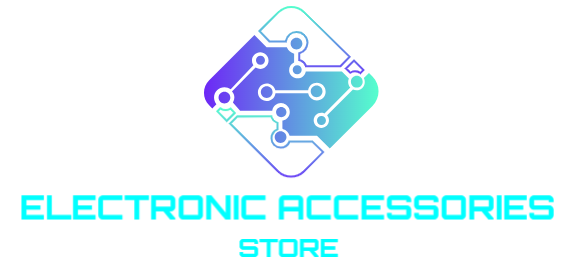
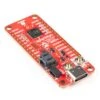

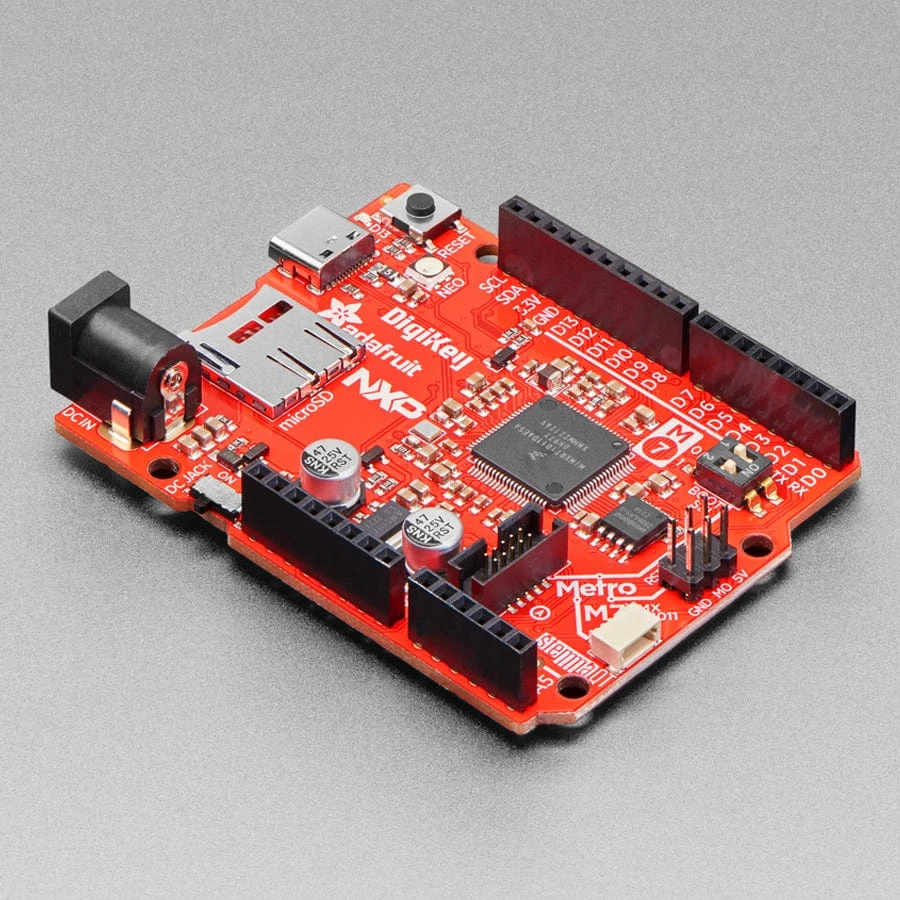
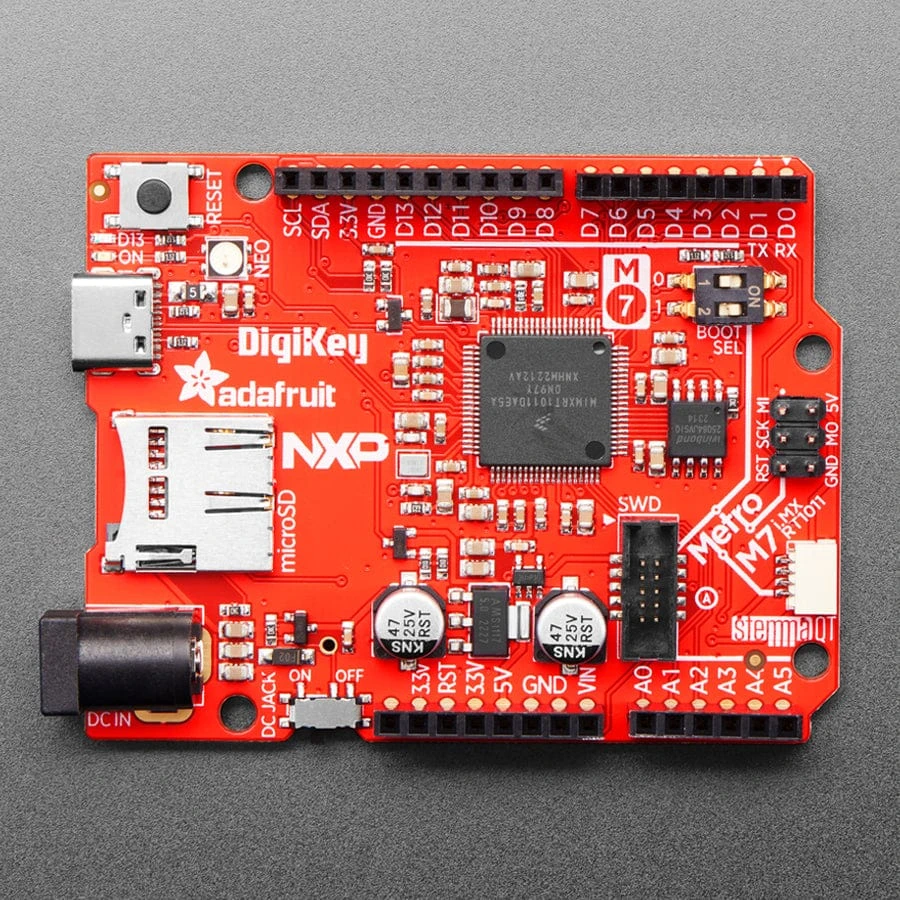
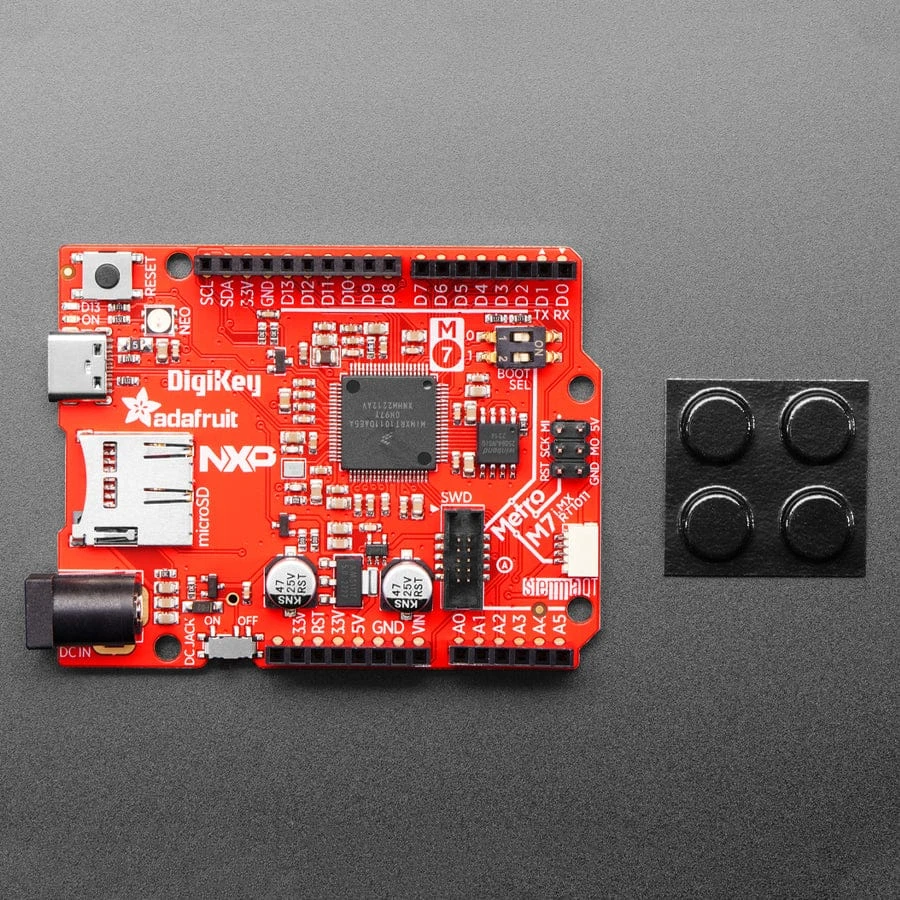


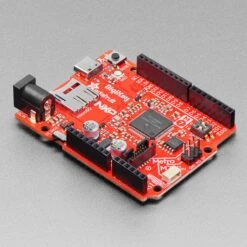

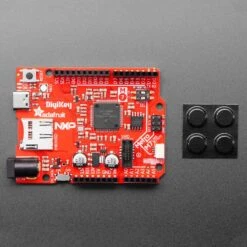
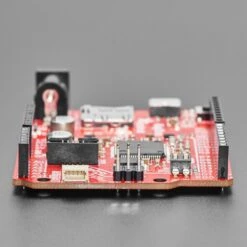
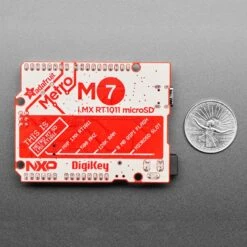

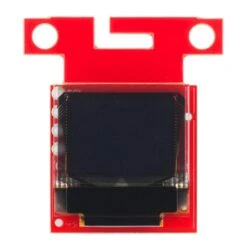
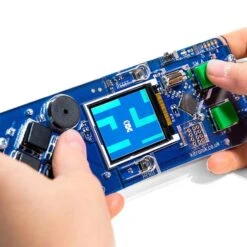
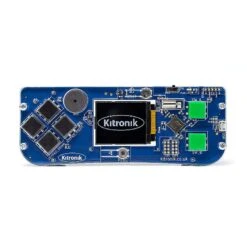

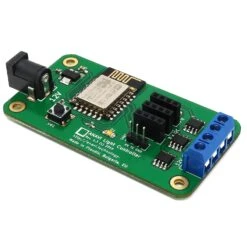
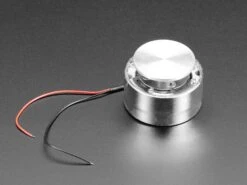




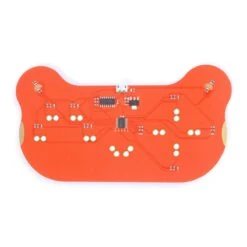


Reviews
There are no reviews yet.